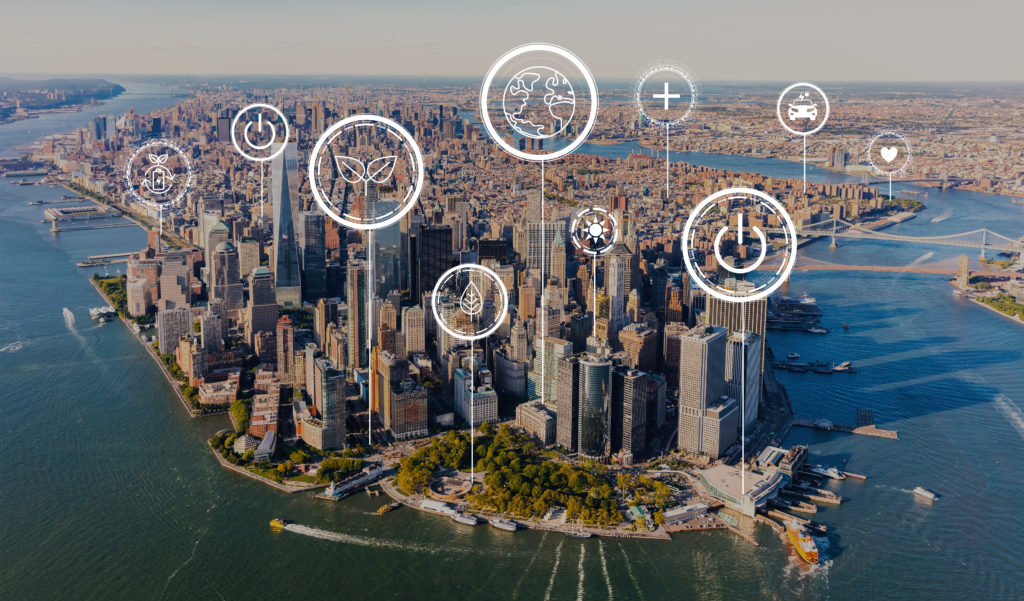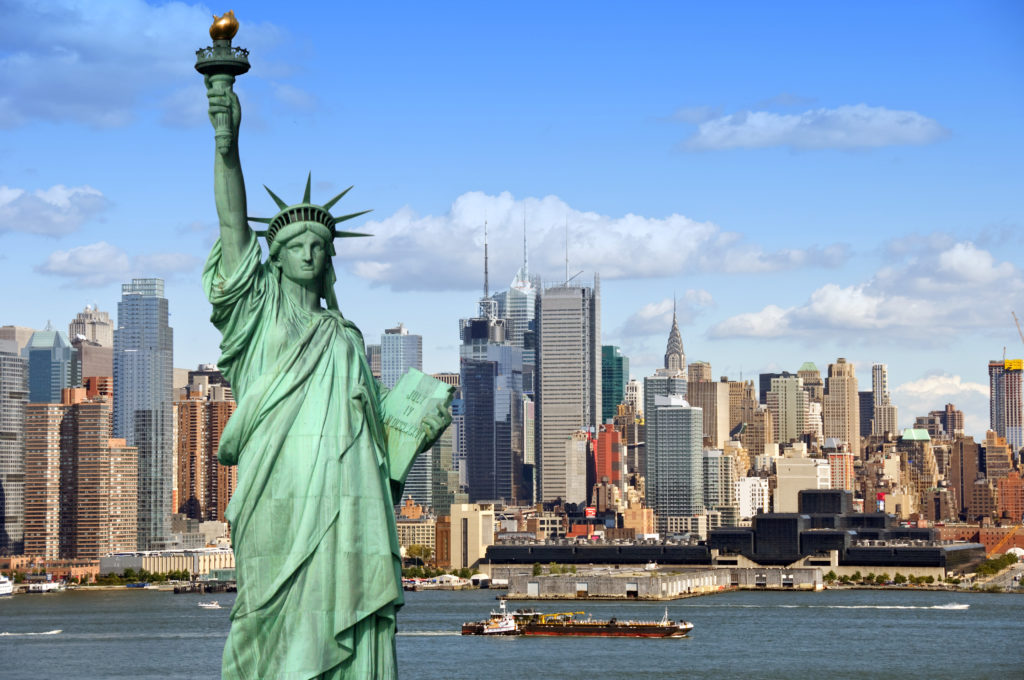Climate change in New York a reality that is already affecting the State. The state has warmed one to three degrees Fahrenheit in the last century, and heavy rainstorms are more frequent. The sea is also rising about one inch every decade, which is causing serious problems for low-lying areas and beaches. Climate change is estimated to cause the sea level along the coast of New York City to rise anywhere from one to three and a half feet by 2080 at a cost of billions of dollars in lost property and assets.
Climate Change in New York State
The state government is taking steps to adapt to climate change, but it will be a long and difficult process. In the meantime, New Yorkers need to be prepared for the consequences of a changing climate. Flooding, extreme weather events, and rising seas will all pose challenges in the years to come. But by working together, we can overcome these challenges and build a stronger, more resilient New York.
Expected Affects of Climate Change in New York
According to various Municipal governments, the main affects of climate change are expected to include:
- More heat can lead to poor air quality such as high levels of pollen and pollutants. This may worsen rates of asthma, allergies and respiratory illnesses.
- Cities are hotter than rural areas because things like roads, buildings, and parking lots absorb and hold heat. This “urban heat island” effect can lead to increased heat exhaustion and respiratory illnesses.
- More heat can increase the need for AC in homes and public spaces, which uses lots of energy.
- More heat can expand the range and seasonal activity period of ticks, which may increase Lyme disease.
Potential climate change impacts from extreme storms and changing frequency and intensity of precipitation include:
- More rain can lead to flooding or water damage. This can increase mold issues in homes and buildings, which worsens respiratory illnesses.
- Storm/flood water damage in homes could lead to residents facing high repair costs.
- More rain and raising water levels can erode the shoreline along Lake Ontario, and cause severe flash flooding events. This can cause the loss of ecosystems and biodiversity.
- More rain can cause the single sewer system that collects and transports storm water, sewage and industrial wastewater to overflow and contaminate water bodies. This can impact water quality, restrict recreational use like swimming and fishing, and have negative impacts on wildlife.
- More rain storms can wash sediment and contaminants into water bodies and lead to water quality issues.
- Fallen trees after storms can block cars and buses, or take down power lines. This would lead to the inability to commute to work or access public services.
- Frequent and drastic changes in winter temperatures can lead to more damage to roads and bridges, such as potholes
Climate Change in New York City

Climate change in New York City is a major concern. The city experiences more extreme weather events than ever before, and the sea level is rising at an alarming rate. Flooding is a major problem, and the city has had to invest billions of dollars in infrastructure to try to protect against it.
The effects of climate change are already being felt by New Yorkers. Heat waves are becoming more common, and the city’s air quality is deteriorating. As the climate continues to change, New York City will face even greater challenges. But the city is committed to fighting climate change, and its residents are determined to do their part to protect the environment.
Albany
In Albany, the effects of climate change are already being felt. The city experiences more extreme weather events than ever before, and the sea level is rising at an alarming rate. Flooding is a major problem, and the city has had to invest billions of dollars in infrastructure to try to protect against it.
The effects of climate change are already being felt by New Yorkers. Heat waves are becoming more common, and the city’s air quality is deteriorating. As the climate continues to change, Albany will face even greater challenges. But the city is committed to fighting climate change, and its residents are determined to do their part to protect the environment.
Buffalo
Buffalo also experiences more extreme weather events than ever before, and the sea level is rising at an alarming rate. Flooding is also major problem and the city’s air quality is deteriorating.
Rochester
Rochester has also been affect by climate change. The city of Rochester has developed a climate change resilience plan in order to deal with the issue. According to the plan, the effects of climate change will include more extreme weather events, air and water pollution, and the spread of diseases. The city is committed to taking action to mitigate these effects and protect its residents.
Syracuse
Syracuse is also working on a climate change resilience plan. The effects of climate change in Syracuse will include more extreme weather events, flooding, and the spread of diseases. The city is committed to taking action to mitigate these effects and protect its residents.
Combatting Climate Change
There are a number of ways individuals and businesses can help combat the affect of climate change in New York. This includes conserving energy, recycling, using public transportation, and planting trees.
Carbon Credits
Carbon credits or carbon offsets provide a way for businesses and individuals to offset their carbon emissions and help combat climate change in New York. Carbon offsets can be used to finance projects that reduce greenhouse gas emissions in other sectors. For example, a business might purchase carbon credits to offset the emissions from its manufacturing process. Individuals can also purchase carbon credits to offset their own emissions. For example, someone who drives a car can purchase carbon credits to offset the emissions from their vehicle.

